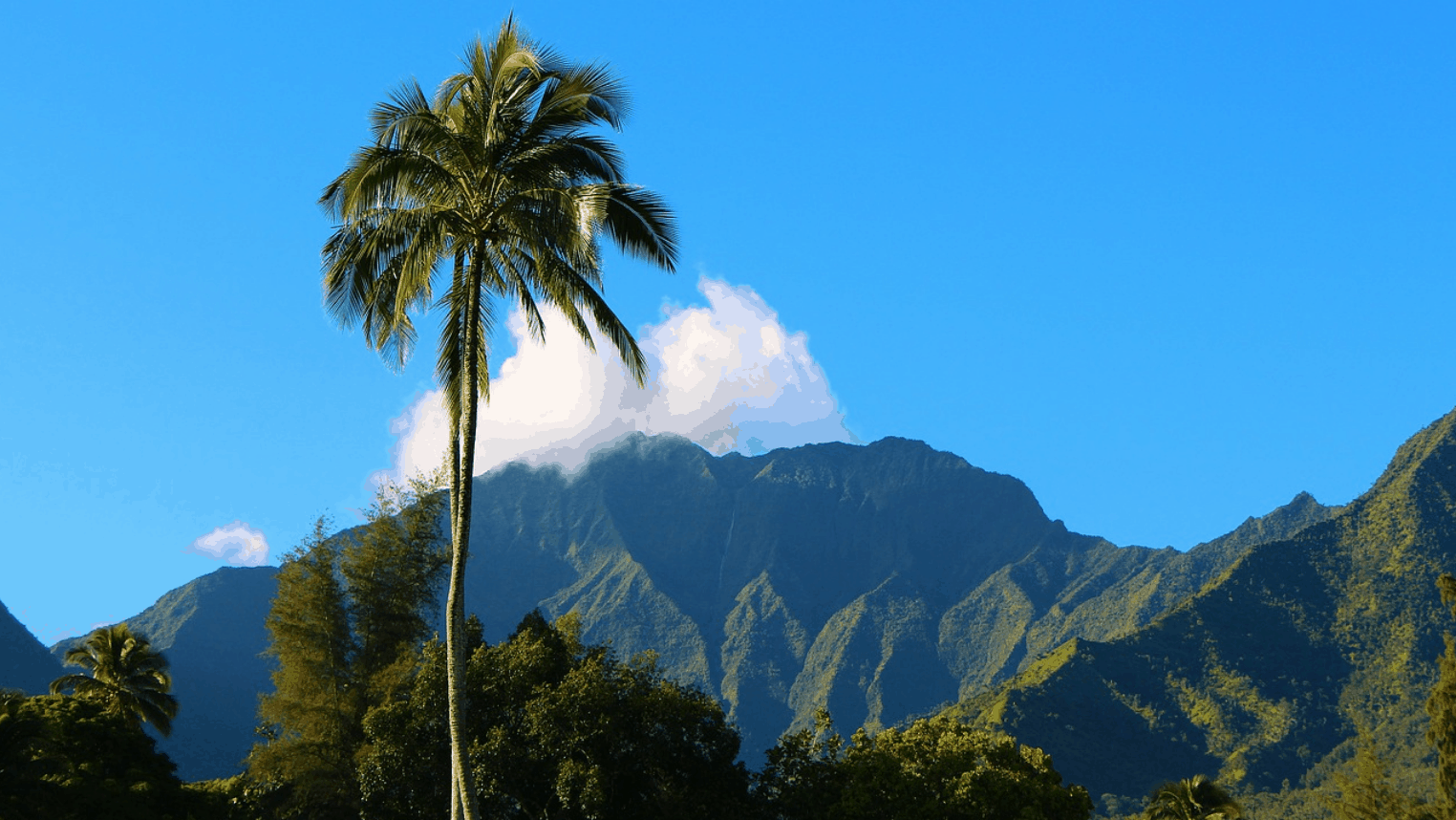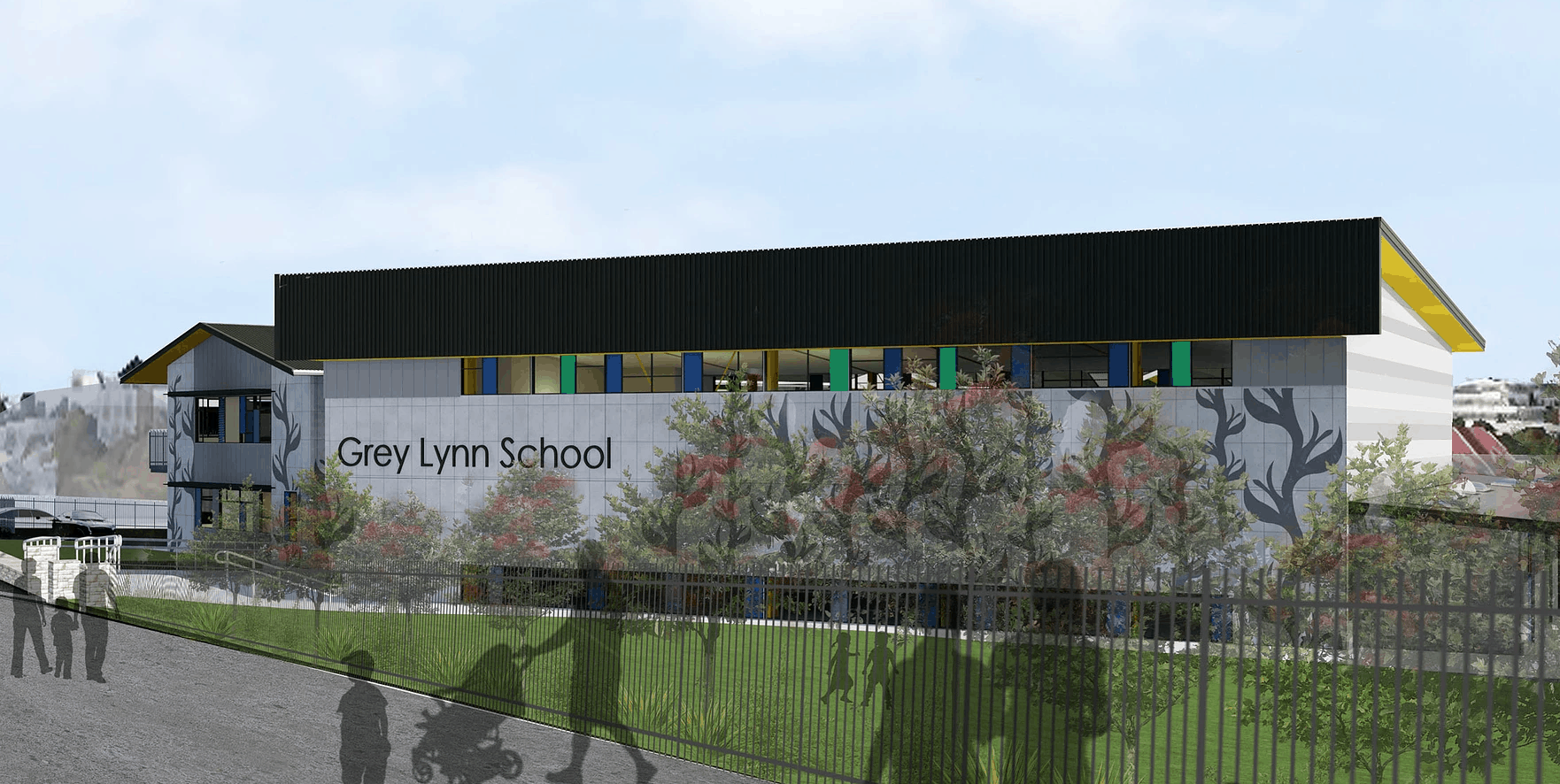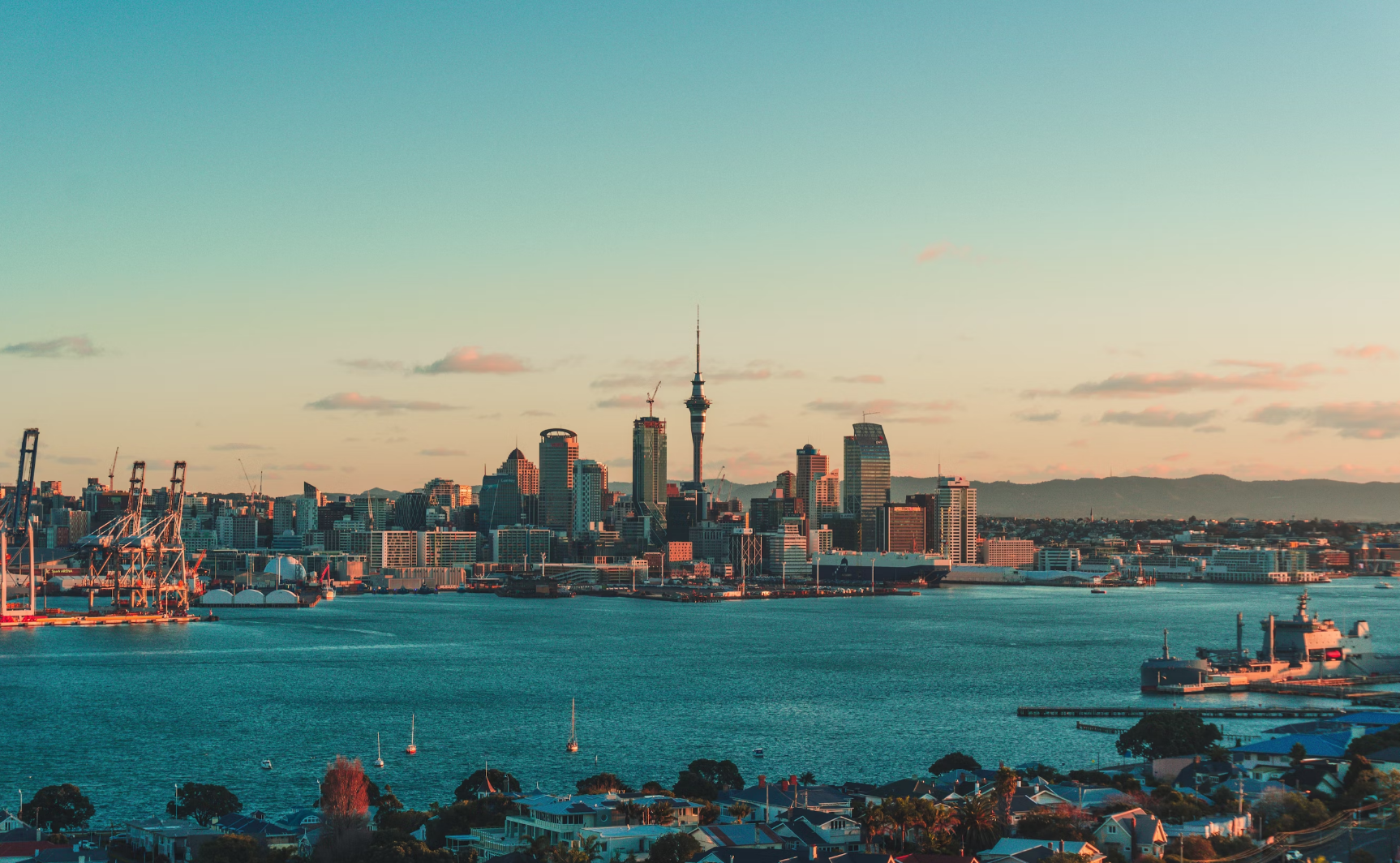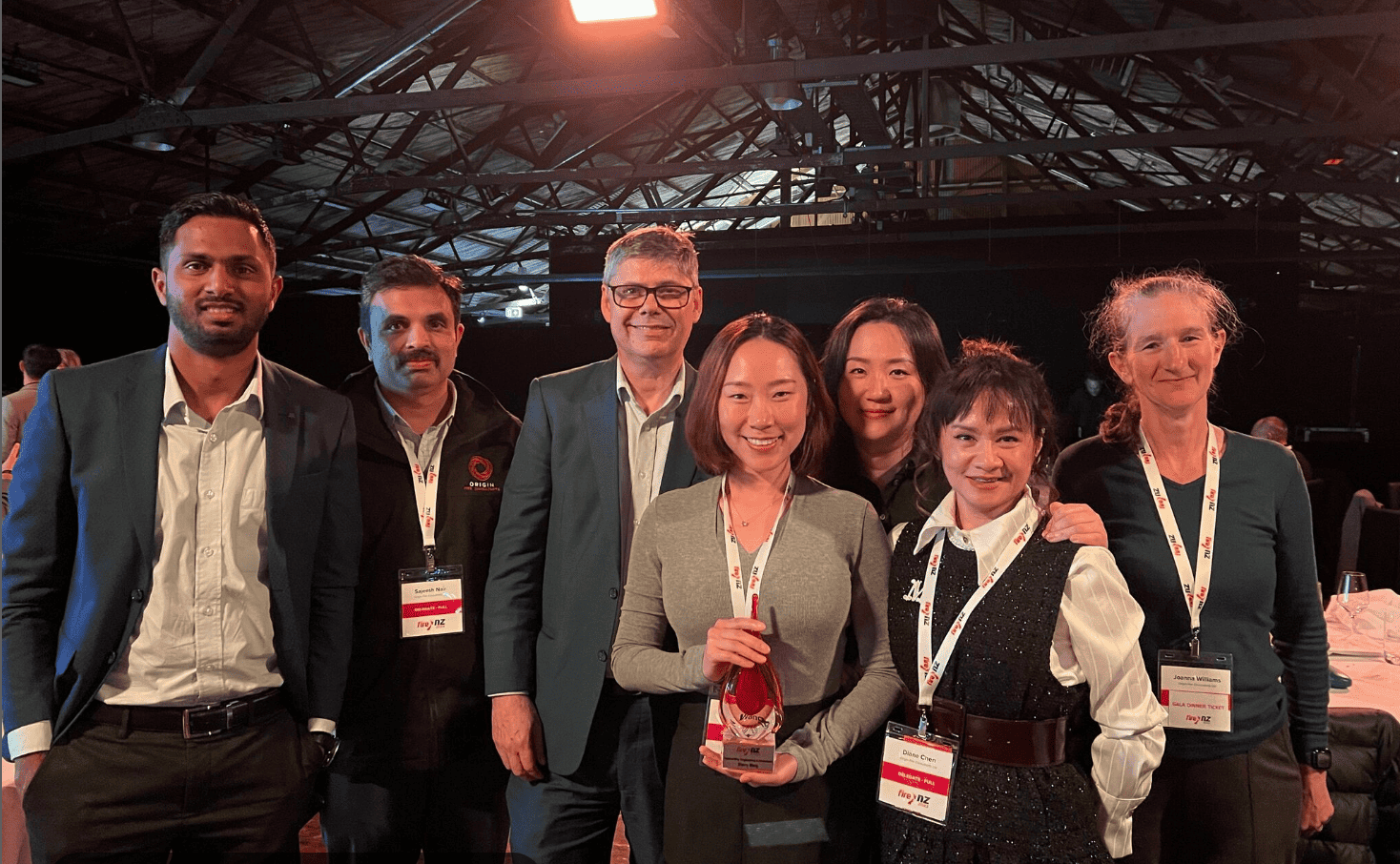Notes from the SFPE 12th International Conference
The Society of Fire Protection Engineers 12th International Conference on Performance Based Codes and Fire Safety Deign Methods was held in Hawaii from April 23 – 26 and SFPE’s New Zealand president, Michael James attended, along with a contingent of fire engineers from New Zealand. Michael shares his thoughts on the key themes to come out of the conference.
Combustible cladding
Cladding was a topical subject for presentations at the SFPE conference. One that particularly stood out for me was from Richard Davis (FM Global )comparing the pass fail criteria of various facade tests around the world against their own FM4880 parallel panel test. Of interest for New Zealand was the comparison with NFPA 285 which is cited in the New Zealand Building Code Acceptable Solutions, and BS 8414 which is used in the UK and has been replicated to a certain extent in AS5113 and used in Australia.
Davis had surveyed the literature to determine what heat flux a facade would be subject to in a real fire. Generally the literature was saying 100kW/m2 and above. Comparing the heat fluxes used in the various tests he found NFPA 285 had a heat flux of ~40kW/m2 at 25 min into a 30 minute test, BS8414 was ~75kW/m2 and FM 4880 was ~100kW/m2 after five minutes into the test.
Ultimately it is the pass fail status generated for a product that is important so Davis compared the performance of seven ACM panels with a number of different cores (polypropylene, polyethylene, fire retardant) and some with PIR insulation within the cavity. Of the seven products tested, one failed NFPA 285, three failed BS8414 and three failed FM 4880, with two others being given conditional passes with height limitation. From these results it can be seen that NFPA 285 has the least strict pass fail criteria and may not be appropriate for all situations in New Zealand, particularly for apartments and high rise buildings where the risks and consequences of a fire are higher, and also if alignment is sought with products tested for the Australian market using AS 5113.
Timber building construction
Timber building construction using cross laminated timber (CLT) walls and floors, glulam beams and columns and post tensioned beams was another topical subject with four presentations and four 30-storey timber building hypothetical case studies. The advantages of timber are faster construction times and environmental friendliness. On the other hand timber is combustible which is counter intuitive in a fire. One presentation cited the carbon footprint of a timber building offsetting all the carbon emissions caused during construction and the first 20 years of operation which is really heartening when we read all the bad news about climate change. The countries most interested in timber construction were the countries that already use timber such as New Zealand, Australia, Canada and the Scandinavian countries.
Some of the issues being looked at were the protection of the connections between the different timber elements, charring rates of timber, delamination of the layers of timber during a fire and the impact of the timber burning and contributing to the fire load within a space.
In the New Zealand hypothetical 30-storey timber apartment building case study I presented along with Martin Feeney of Holmes Fire, we looked at the impact of the timber structure contributing to the fire load to prolong the duration of a fire and the residual burning of the timber until the compartment temperature had cooled sufficiently to stop the charring.
Fire Engineering skills beyond calculations and computer models
At previous conferences I have attended the focus has predominantly been on solving design problems through calculations, research and regulations. This year, for the first time, presenters were starting to look at the wider context of fire engineering and how it formed the part of the package to finish up with fire safe buildings.
As part of our timber building case study I pointed out that in New Zealand the Verification Design Method C/VM2 prescribed a lot of the design process and calculations, which means we have more time to look at how our designs are communicated to other design professionals, how these might be incorporated into their designs and then how these are conveyed to constructors so projects might be correctly built and commissioned.
From Arup, the international group of designers, engineers, architects, planners, consultants and technical specialists, Reece Walker, talked about the five year, £750m redevelopment of Birmingham New Street called the Gateway Plus project. One of the UK’s largest and most complex redevelopment projects, it involved integrated refurbishment of the busiest interchange stations in the UK – 43 shops at concourse level and the new Grand Central shopping complex above.
All construction work for the redevelopment was undertaken while everything was kept operating. Fire risks during construction were considerable. Property protection and business interruption risks were key considerations as false alarm activations and subsequent evacuations of the station would have resulted in substantial costs and penalties. The involvement of Arup’s fire engineering team was integral to the successful completion of the project. The engineers supported implementation of relevant fire safety legislation and regulations, together with the operational requirements of the site management, station management and shopping centre management teams. They also enforced fire safety practice on site. Their specialist team developed a dynamic fire safety strategy that enabled a 24-hour working environment and five of Arup’s fire engineers were permanently based on site throughout the five-year construction programme.
How does New Zealand Fire Engineering fare on the international stage
New Zealand fire engineers got a specific mention when retired professor and 2018 President-Elect of the international Society of Fire Protection Engineers, Brian Meacham spoke to the research examining fire safety design and codes he undertook in seven countries. It appears that Brian Meacham thinks New Zealand is doing pretty well on the global stage and Michael James believes that while VM2 is not perfect, it has allowed Kiwi fire engineers to focus on the broader aspects of creating fire safe buildings.
Next International Conference will be in Auckland New Zealand April 2020
The New Zealand chapter of SFPE also got a huge vote of confidence when it came to deciding that Auckland would be the 13th International Conference destination for April 2020. Counting down already.



